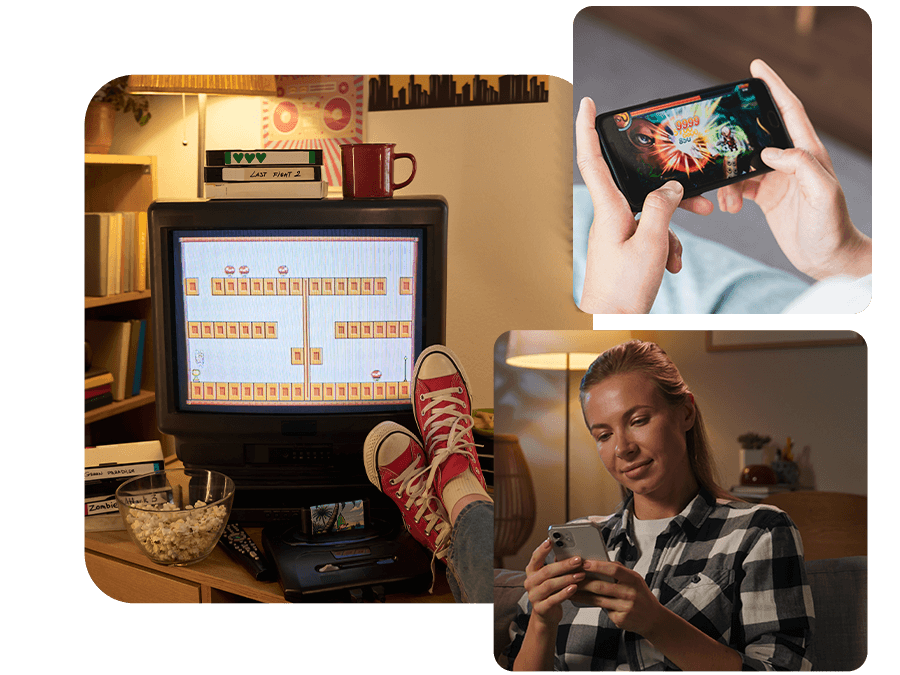Introduction to Gamification in Marketing and Sales
In the ever-evolving landscape of marketing and sales, staying ahead of the curve is crucial. One of the most innovative approaches gaining traction is gamification. By integrating game-like elements into marketing strategies, businesses can enhance customer engagement, drive sales, and optimize conversion rates. This blog post explores the latest techniques in gamification, offering insights and examples for marketing managers, sales managers, and business owners.
Understanding Gamification
Gamification involves applying game design elements in non-game contexts to motivate and increase user engagement. In marketing and sales, this means using techniques such as points, badges, leaderboards, and challenges to create a more interactive and rewarding experience for customers. The goal is to tap into the natural human desire for competition, achievement, and recognition.
Latest Techniques in Gamification
1. Personalized Challenges
One of the latest trends in gamification is the use of personalized challenges. By tailoring challenges to individual customer preferences and behaviors, businesses can create a more engaging and relevant experience. This approach not only increases customer satisfaction but also encourages repeat interactions.
2. Augmented Reality (AR) Experiences
Augmented reality is revolutionizing the way businesses engage with customers. By incorporating AR into gamification strategies, companies can create immersive experiences that blend the digital and physical worlds. This technique is particularly effective in retail environments, where customers can interact with products in a virtual space before making a purchase.
3. Social Sharing and Community Building
Gamification is not just about individual achievements; it's also about building a community. Encouraging customers to share their achievements on social media and participate in community challenges can significantly boost brand visibility and customer loyalty. This technique leverages the power of social proof and word-of-mouth marketing.
Examples of Gamification in Action
Example 1: Nike's Run Club
Nike's Run Club app is a prime example of gamification in action. The app uses personalized challenges, leaderboards, and social sharing features to motivate users to run more frequently. By gamifying the running experience, Nike has successfully increased user engagement and brand loyalty. Learn more about Nike's Run Club.
Example 2: Starbucks Rewards Program
Starbucks has effectively used gamification in its rewards program. Customers earn stars for every purchase, which can be redeemed for free drinks and food. The program also includes personalized offers and challenges, encouraging customers to visit more frequently. Explore Starbucks Rewards.
Example 3: Duolingo's Language Learning App
Duolingo has gamified language learning by incorporating points, levels, and streaks into its app. Users are motivated to complete lessons and maintain their streaks, leading to higher engagement and retention rates. Discover Duolingo.
Implementing Gamification in Your Business
For marketing managers, sales managers, and business owners looking to implement gamification, it's essential to start with a clear understanding of your target audience and business goals. Consider the following steps:
- Identify key customer behaviors you want to influence.
- Choose appropriate game elements that align with your brand and audience.
- Design a seamless user experience that integrates gamification elements naturally.
- Continuously monitor and optimize your gamification strategy based on customer feedback and data analytics.
Conclusion
Gamification offers a powerful tool for enhancing marketing and sales strategies. By leveraging the latest techniques, businesses can create engaging and rewarding experiences that drive customer loyalty and increase conversion rates. As the digital landscape continues to evolve, staying informed about gamification trends and innovations will be key to maintaining a competitive edge.
